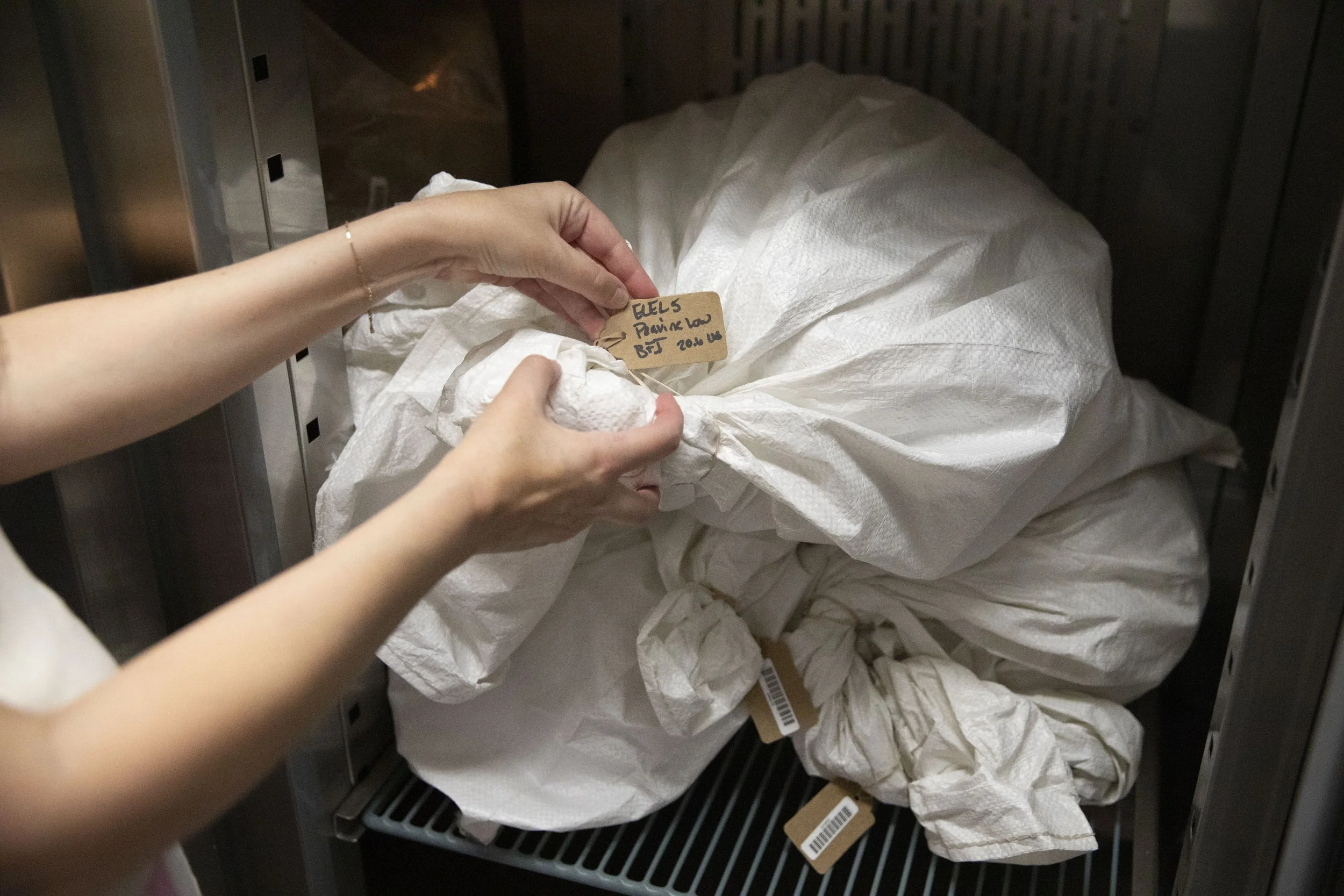Featured Publications
2024
Shriver et al. 2024. Nontarget effects of herbicides on annual forbs and seeded grass in the Great Basin, United States, are partially offset by planting depth and application rate. Restoration Ecology, e14218. doi: 10.1111/rec.14218
Faske et al. 2024. Environment predicts the maintenance of reproductive isolation in a mosaic hybrid zone of rubber rabbitbrush. Evolution, 78(2), 300-314.
2023
Hankin et al. 2023. Reforestation of high elevation pines: Direct seeding success depends on seed source and sowing environment. Ecological Applications, p.e2897.
Agneray et al. 2023. Does a history of population co‐occurrence predict plant performance, community productivity, or invasion resistance? Ecology, p.e4100.
Osuna‐Mascaró et al. 2023 Fine‐scale spatial genetic structure in a locally abundant native bunchgrass (Achnatherum thurberianum) including distinct lineages revealed within seed transfer zones. Evolutionary Applications, 16, 979-996.
Gornish et al. 2023. Pre‐fire grazing and herbicide treatments can affect post‐fire vegetation in a Great Basin rangeland. Ecological Solutions and Evidence, 4(1), p.e12215.
2022
McClinton et al. 2022. Field observations and remote assessment identify climate change, recreation, invasive species, and livestock as top threats to critically imperiled rare plants in Nevada. Frontiers in Conservation Science, 3, p.1070490.
McClinton et al. 2022. Ecology of Eriogonum tiehmii, a rare soil specialist: Arthropod diversity, soil preferences, and demography. Ecosphere, 13(8), e4187.
Balmaki et al. 2022. Modern approaches for leveraging biodiversity collections to understand change in plant-insect interactions. Frontiers in Ecology and Evolution, p.828.
Agneray et al. 2022. Phenotypes and environment predict seedling survival for seven co‐occurring Great Basin plant taxa growing with invasive grass. Ecology and Evolution, 12(5), e8870.
2021
Faske et. al. 2021. Genomic and common garden approaches yield complementary results for quantifying environmental drivers of local adaptation in rubber rabbitbrush, a foundational Great Basin shrub. Evolutionary Applications, 14(12), 2881-2900.
Leger et al. 2021. Integrating evolutionary potential and ecological function into agricultural seed production to meet demands for the decade of restoration. Restoration Ecology, e13543.
Shackelford et al. 2021. Drivers of seedling establishment success in dryland restoration efforts. Nature Ecology & Evolution, 5(9), 1283-1290.
de Queiroz et al. 2021. Creating a Great Basin native annual forb seed increase program: lessons learned. Native Plants Journal, 22(1), 90-102.
Porensky et al. 2021. Using native grass seeding and targeted spring grazing to reduce low-level Bromus tectorum invasion on the Colorado Plateau. Biological Invasions, 23(3), 705-722.
Leger et al. 2021. Selecting native plants for restoration using rapid screening for adaptive traits: methods and outcomes in a Great Basin case study. Restoration Ecology 29, 4, e13260






